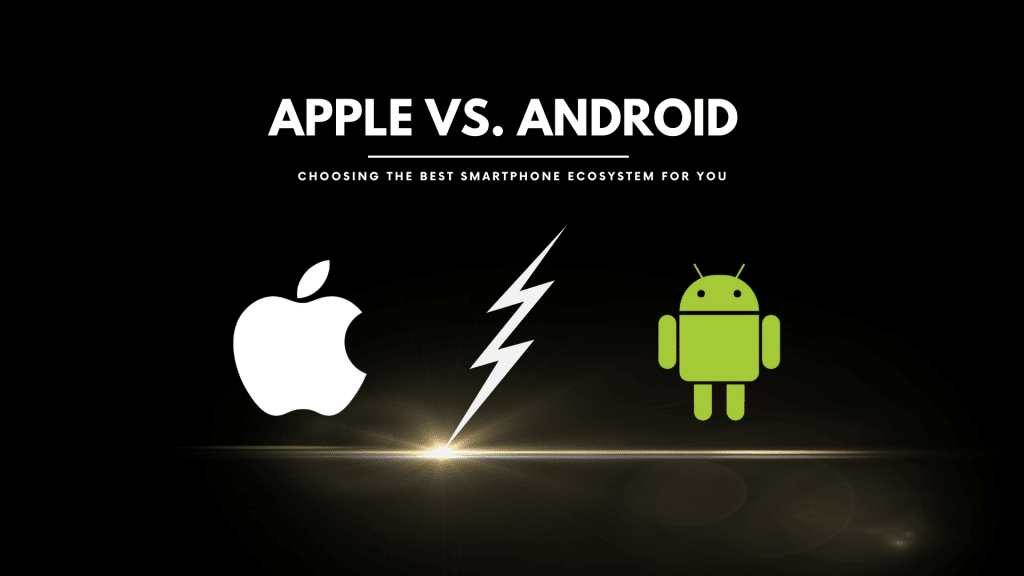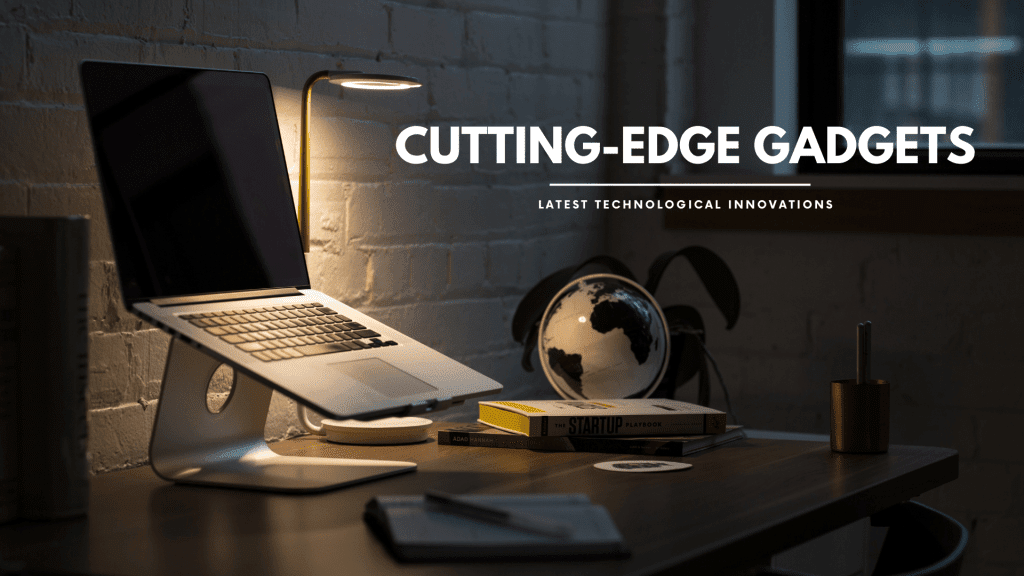In the ever-evolving world of smartphones, choosing between Apple’s iOS and the multitude of Android devices can be a daunting task. Each ecosystem has its own set of features, benefits, and drawbacks, making the decision a deeply personal one. From user interface and app selection to hardware variety and ecosystem integration, there are numerous factors to consider when determining whether to buy Apple or Android. Let’s delve into the comparison to help you make an informed decision.
User Interface and Experience
One of the most noticeable differences between Apple and Android devices lies in their user interfaces. Apple’s iOS is renowned for its simplicity, consistency, and intuitive design. The interface remains largely unchanged across different iPhone models, offering a seamless user experience. On the other hand, Android provides a greater degree of customization, allowing users to personalize their device’s look and feel with widgets, themes, and launchers.
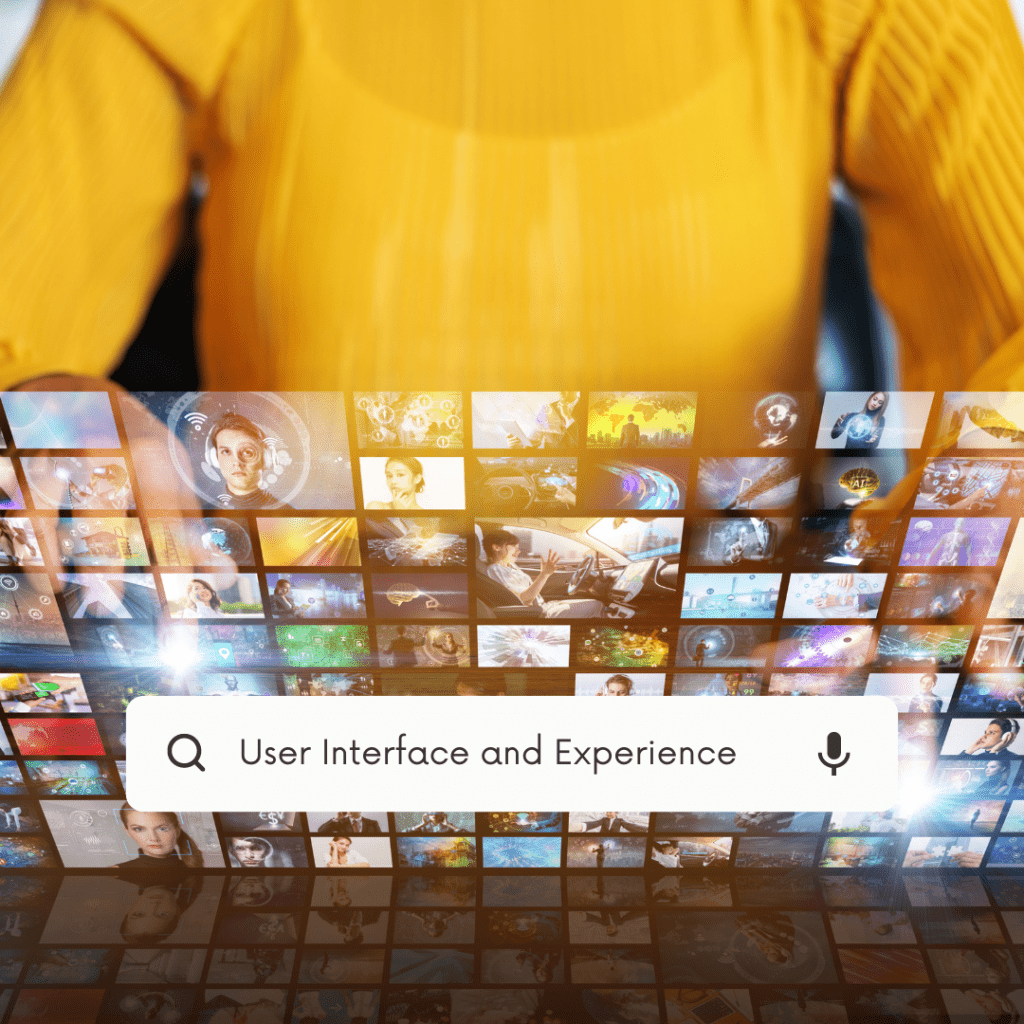
App Ecosystem
The availability and quality of apps can significantly influence a consumer’s decision when choosing between Apple and Android. Apple’s App Store boasts a vast selection of curated applications, often optimized for iOS devices. The stringent app review process helps maintain quality and security standards. Conversely, the Google Play Store offers a wider variety of apps, including many free options. While Android users enjoy more flexibility in app installation, they may encounter issues with app optimization and security due to the platform’s open nature.
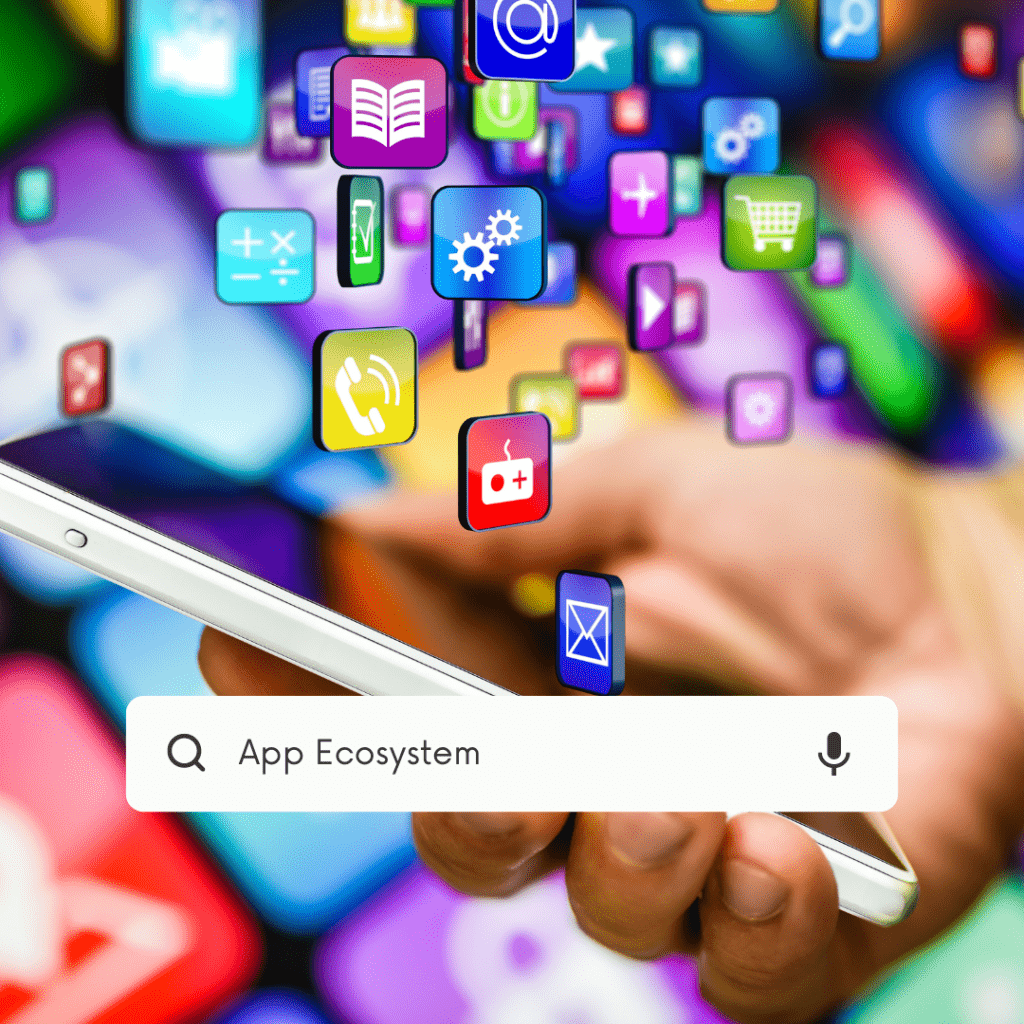
Hardware Diversity
Apple’s approach to hardware is straightforward: a limited range of iPhone models released annually, each designed to integrate seamlessly with the iOS ecosystem. In contrast, Android offers a plethora of devices from various manufacturers, catering to diverse preferences and budgets. From flagship smartphones to budget-friendly options, Android provides greater flexibility in terms of features, specifications, and price points.
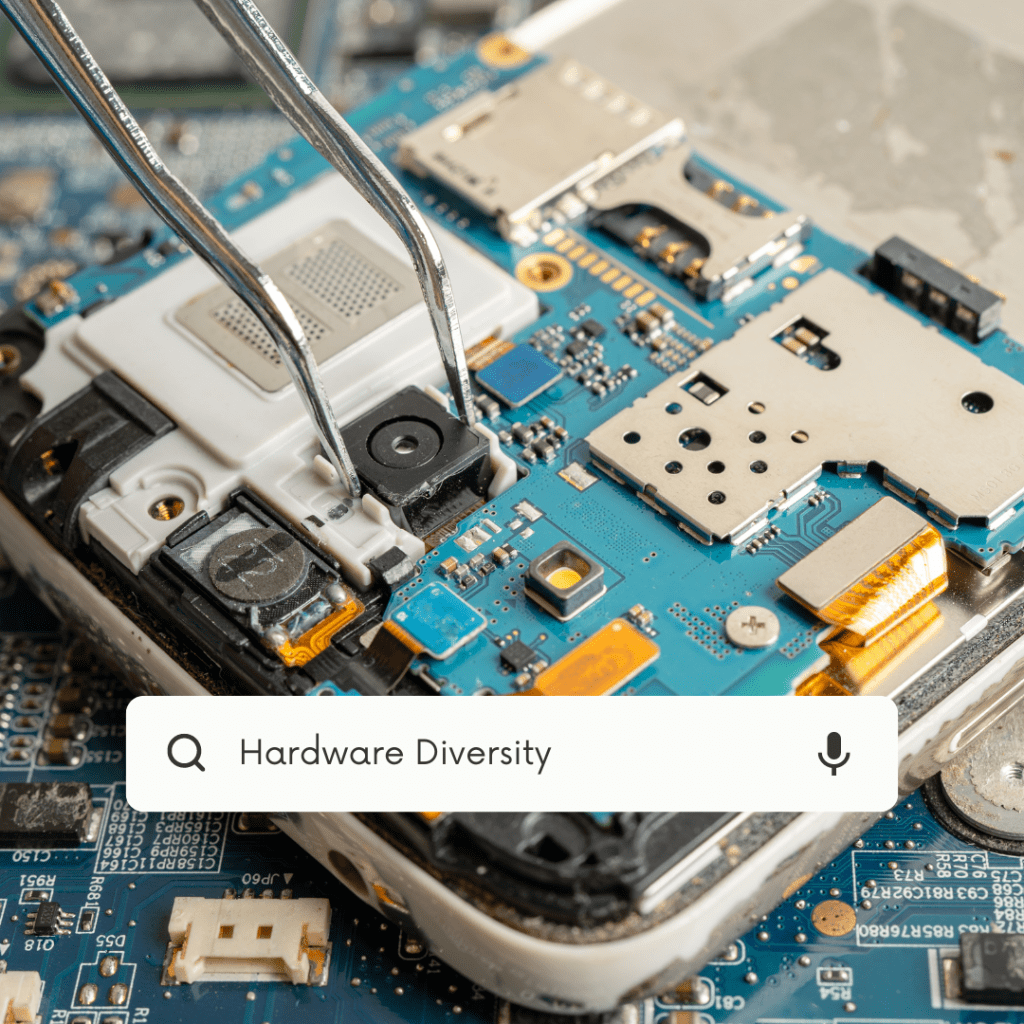
Ecosystem Integration
Apple excels in ecosystem integration, offering seamless connectivity between its devices through iCloud, iMessage, FaceTime, and other services. The Apple ecosystem allows users to effortlessly transition between their iPhone, iPad, Mac, and Apple Watch, with features like Handoff and Continuity enhancing productivity and convenience. While Android provides integration with Google services such as Gmail, Drive, and Photos, the experience may not be as cohesive, especially when using devices from different manufacturers.
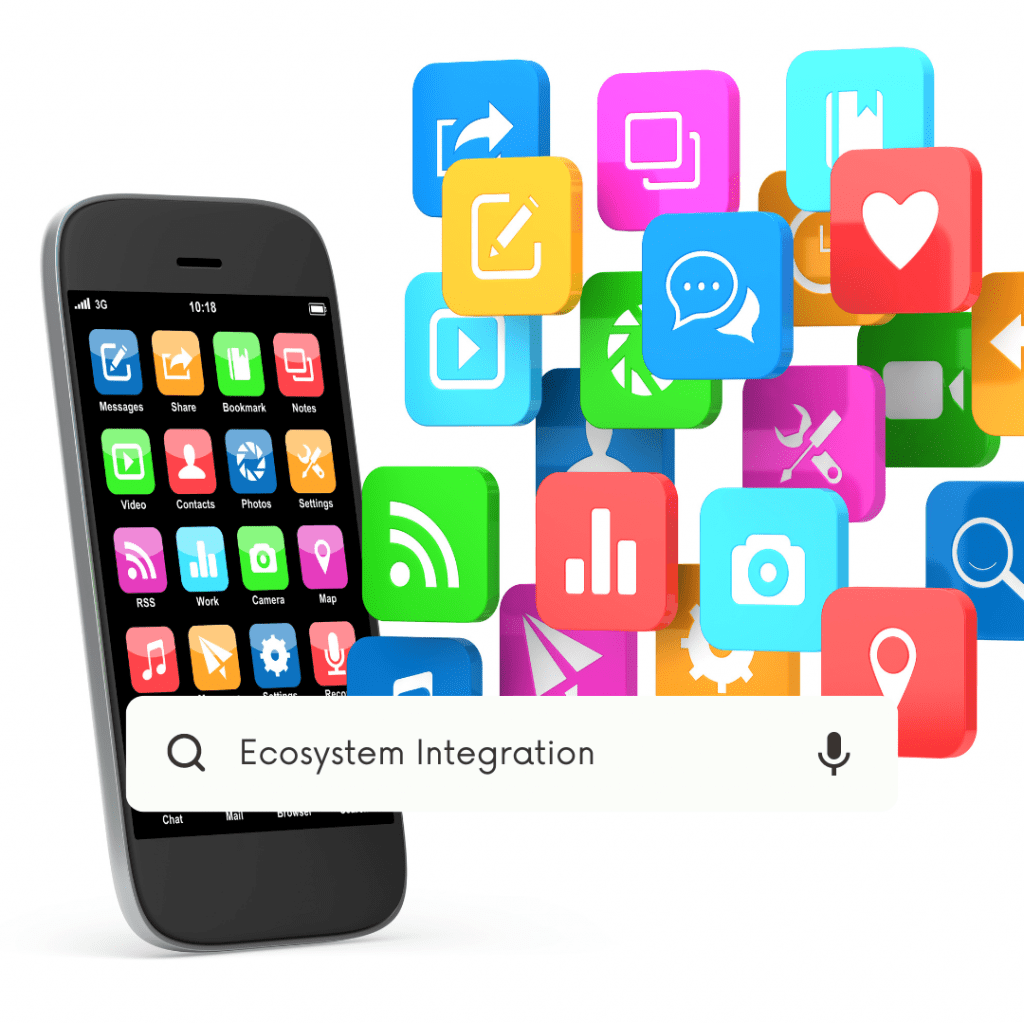
Privacy and Security
Both Apple and Android prioritize user privacy and security, but they employ different approaches to achieve these goals. Apple emphasizes privacy by design, implementing features like App Tracking Transparency and end-to-end encryption to safeguard user data. With iOS updates delivered directly by Apple, iPhone users benefit from timely security patches and software updates. Android, on the other hand, relies on a more decentralized system, with updates and security patches subject to manufacturer and carrier approval. While Google continuously enhances Android’s security features, the platform’s fragmented nature can result in delayed updates and vulnerabilities.
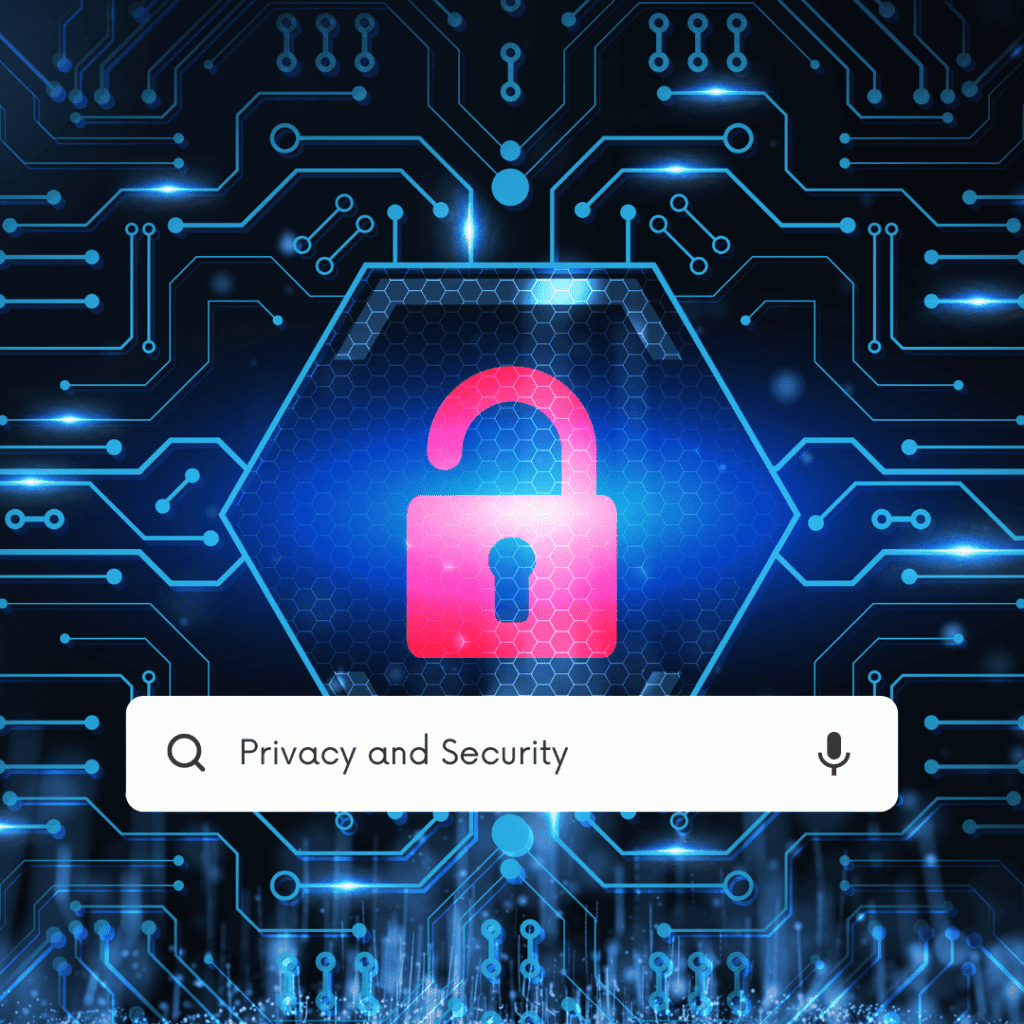
Customization and Control
Android enthusiasts appreciate the platform’s openness and flexibility, allowing for extensive customization and control over the device’s appearance and functionality. From installing custom ROMs to tweaking system settings, Android users have the freedom to tailor their smartphone experience to suit their preferences. Conversely, Apple prioritizes simplicity and consistency, limiting certain customization options to maintain a uniform user experience across iOS devices.
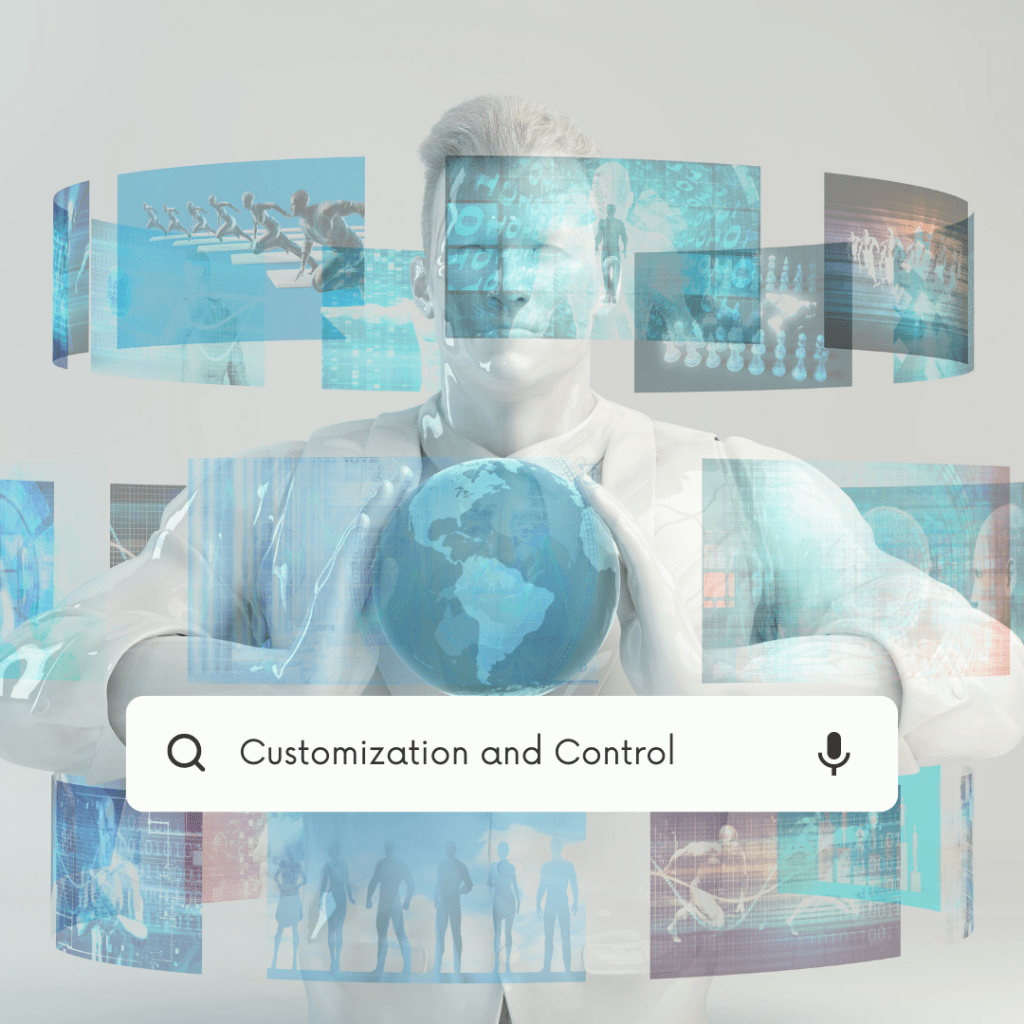
Longevity and Software Support
Apple is renowned for its commitment to long-term software support, with iOS updates delivered to older devices for several years after their release. This ensures that iPhone users receive the latest features, security patches, and performance improvements, regardless of their device’s age. In contrast, Android devices may receive software updates for a shorter duration, depending on the manufacturer and model. While flagship smartphones typically receive timely updates, budget-friendly devices may lag behind, leaving them vulnerable to security threats and performance issues.
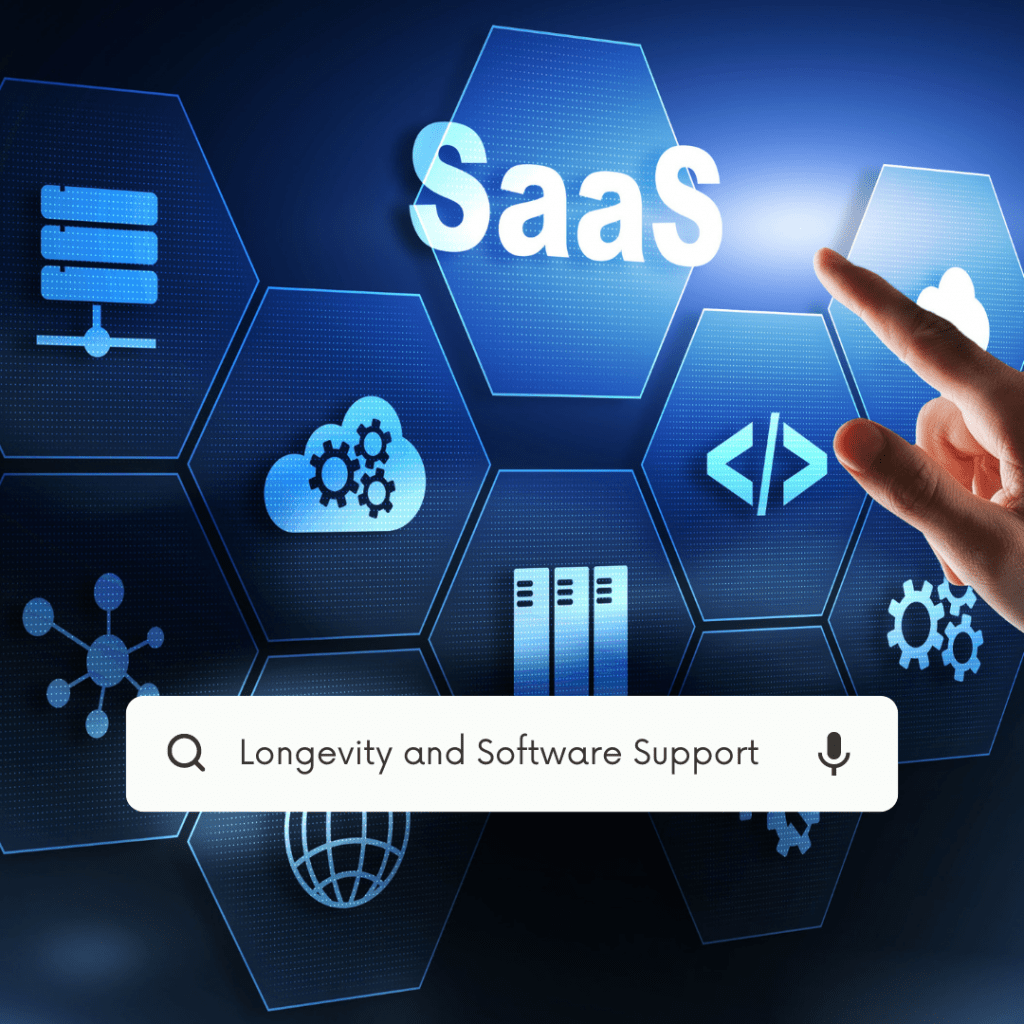
Ecosystem Lock-In
Investing in either the Apple or Android ecosystem entails a degree of lock-in, as switching between platforms can be cumbersome and may require repurchasing apps and services. Apple’s ecosystem lock-in is particularly pronounced, given the seamless integration between its devices and services. Once users become accustomed to the Apple ecosystem, they may find it challenging to migrate to Android without sacrificing convenience and compatibility. Conversely, Android offers more flexibility in terms of device and ecosystem choice, allowing users to switch between manufacturers and services with relative ease.
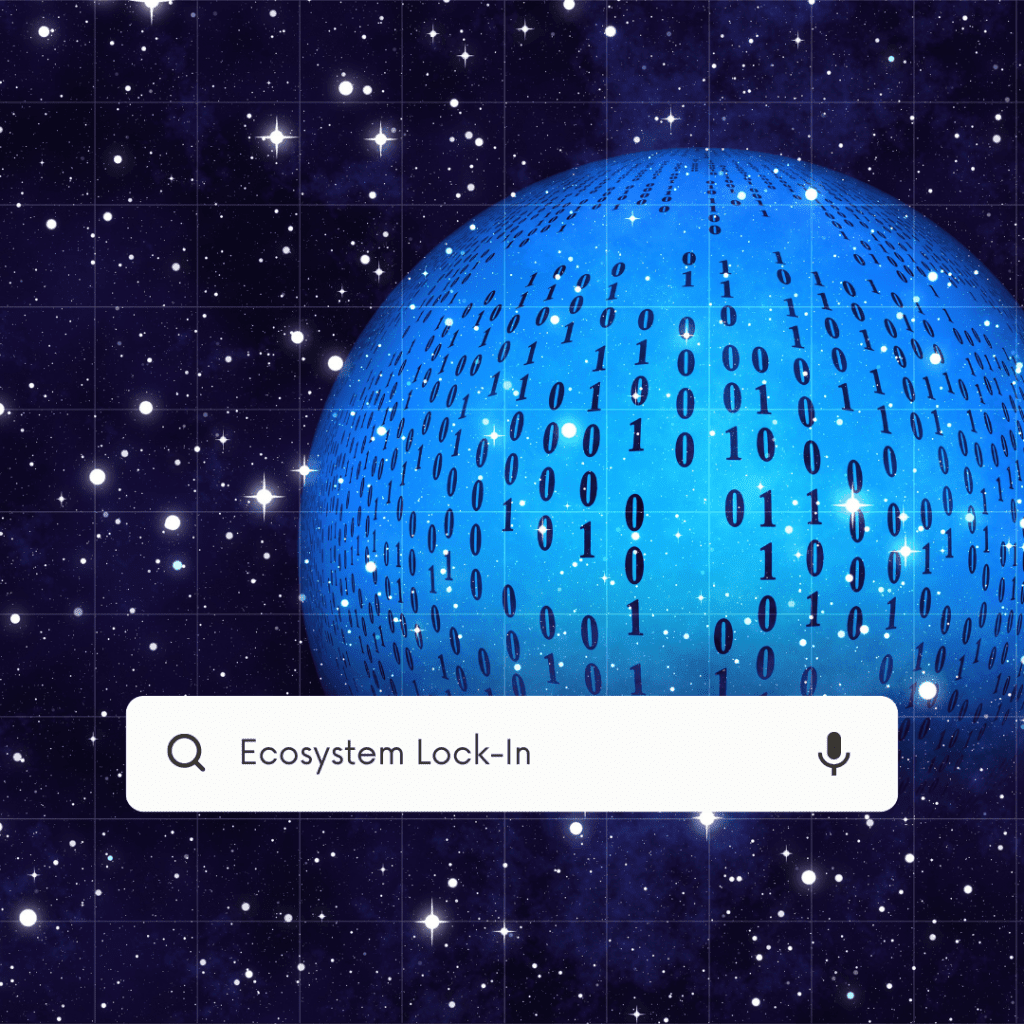
Conclusion
Ultimately, the decision between Apple and Android boils down to personal preference, priorities, and ecosystem preferences. Apple excels in user experience, ecosystem integration, and long-term software support, making it an ideal choice for users seeking simplicity, reliability, and seamless connectivity between devices. Android, on the other hand, offers greater customization, hardware diversity, and affordability, catering to users who prioritize flexibility and choice.
Whether you opt for the streamlined ecosystem of Apple or the customizable nature of Android, both platforms offer unique strengths and capabilities. By considering factors such as user interface, app ecosystem, hardware diversity, ecosystem integration, privacy and security, customization, software support, and ecosystem lock-in, you can make an informed decision that aligns with your preferences and needs in the ever-evolving landscape of smartphone technology.

